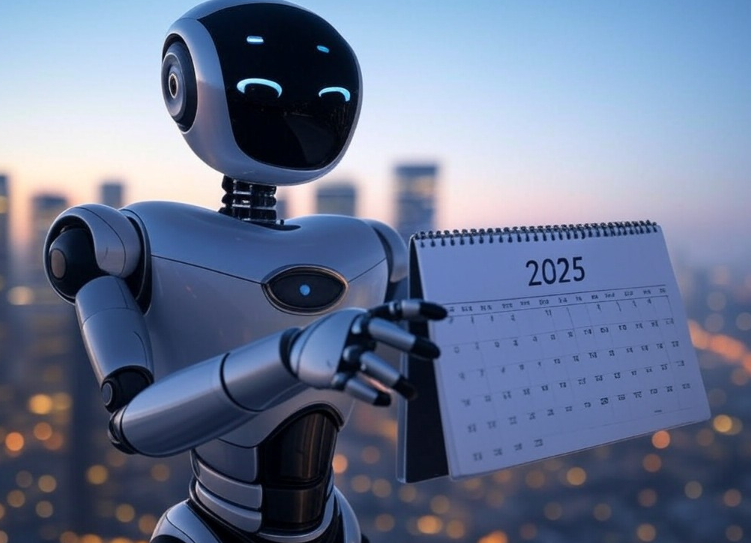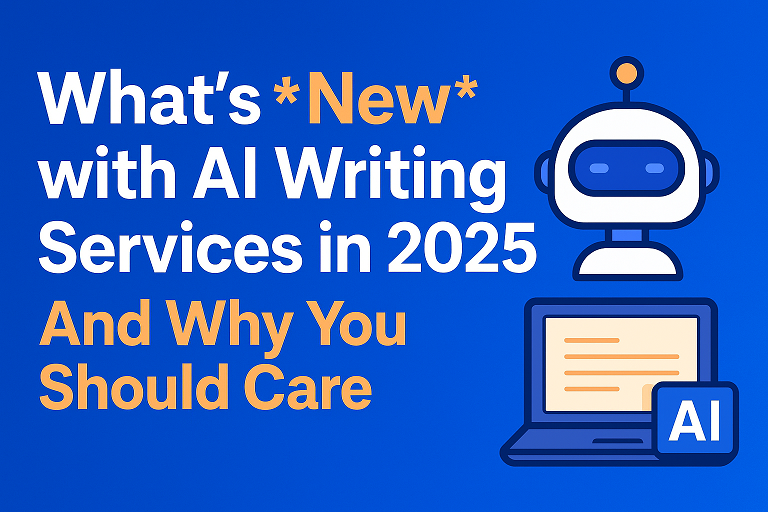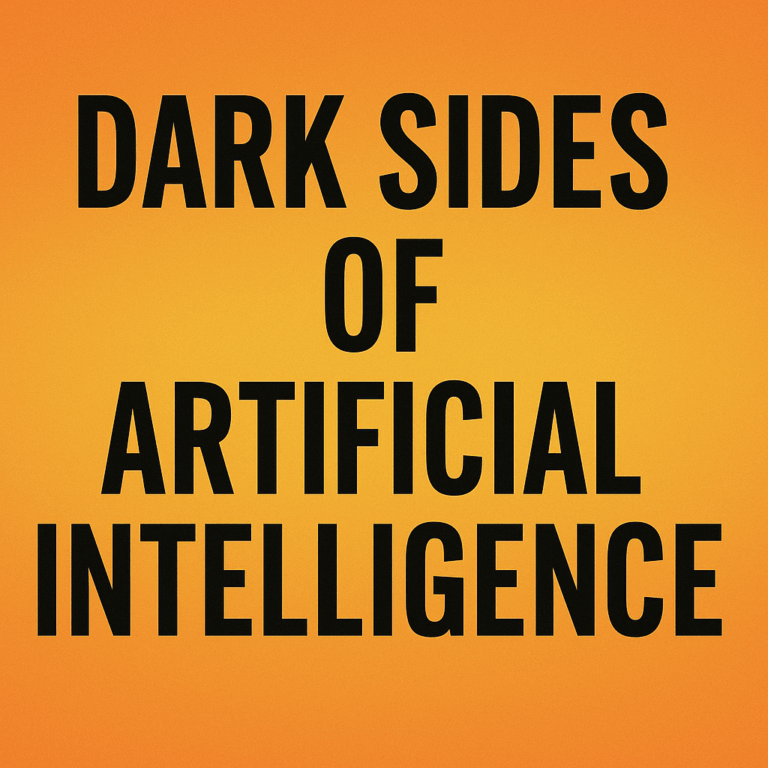Artificial Intelligence (AI) has been a transformative force across industries, enabling rapid advancements in technology, healthcare, finance, and more. As we look ahead to 2025, the trajectory of AI development promises even more groundbreaking innovations. Discover the key AI trends and innovations to expect in 2025, from breakthroughs in natural language processing and computer vision to ethical AI, robotics, and beyond.
Natural Language Processing (NLP)
Enhanced Contextual Understanding
By 2025, AI systems are expected to achieve an even deeper understanding of context in human language. Current state-of-the-art models like OpenAI’s GPT series and Google’s BERT have set a high bar, but future iterations will likely improve in:
- Semantic nuance: AI will better understand idioms, sarcasm, and complex sentence structures.
- Real-time conversation: Chatbots and virtual assistants will provide more human-like interactions with improved conversational memory.
- Multilingual proficiency: Enhanced capabilities to seamlessly translate and converse in multiple languages, making communication across cultures more fluid.
Domain-Specific Applications
AI will become more adept at specialized tasks. For example:
- Medical diagnostics: NLP systems will accurately interpret clinical notes, research papers, and patient records.
- Legal analysis: AI will simplify the review of contracts and legal documents, reducing costs and time.
- Creative writing: Tools will assist in crafting compelling narratives for literature, marketing, and entertainment.
Computer Vision
Higher Accuracy and Versatility
Advances in computer vision will enable AI to:
- Process complex visual data: Recognize objects in dynamic environments, such as self-driving cars navigating bustling cityscapes.
- 3D modeling and analysis: Generate accurate 3D models for use in gaming, virtual reality (VR), and architectural design.
- Healthcare imaging: Detect diseases with near-perfect accuracy from X-rays, MRIs, and other diagnostic tools.
Real-World Applications
- Retail and e-commerce: Computer vision will enhance virtual try-ons, shelf monitoring, and automated checkout systems.
- Security: Improved facial recognition and anomaly detection will bolster surveillance and fraud prevention.
- Agriculture: AI-powered drones and cameras will monitor crop health, optimize irrigation, and detect pests.
Ethical AI and Fairness
Bias Mitigation
Ethical considerations will drive efforts to reduce biases in AI models. By 2025, we can expect:
- Diverse training datasets: More inclusive datasets that represent varied demographics.
- Fair algorithms: Systems designed to minimize discrimination in hiring, lending, and law enforcement.
- Transparent auditing tools: Frameworks for evaluating and explaining AI decisions.
Regulatory Frameworks
Governments and international bodies will likely establish clearer guidelines for AI development and deployment, focusing on:
- Privacy protection: Ensuring compliance with data privacy regulations.
- Accountability: Holding developers and organizations responsible for AI-induced harm.
- Ethical usage: Prohibiting harmful applications like autonomous weaponry.
Robotics
Smarter and More Adaptive Robots
Advances in robotics will lead to:
- Improved autonomy: Robots capable of handling more complex tasks without human intervention.
- Enhanced mobility: Robots that navigate challenging terrains, aiding in disaster response and exploration.
- Precision tasks: Greater dexterity for delicate operations, such as surgery or electronics assembly.
Integration with AI
The fusion of AI and robotics will enhance:
- Human-robot collaboration: Robots working alongside humans in manufacturing, healthcare, and service industries.
- Personal robotics: Assistive robots for elderly care, household chores, and education.
- Swarm intelligence: Coordination among multiple robots for large-scale tasks like search-and-rescue missions.
AI in Healthcare
Early Detection and Diagnosis
By 2025, AI will:
- Analyze genetic data: Identify predispositions to diseases through advanced genomic analysis.
- Monitor health in real-time: Wearable devices powered by AI will provide continuous health insights, enabling preventive care.
- Predict pandemics: Use global data to forecast outbreaks and inform public health strategies.
Personalized Treatment
- Tailored therapies: AI will design customized treatment plans based on an individual’s unique health profile.
- Drug discovery: Accelerate the development of new medications by simulating biological processes.
- Telemedicine enhancements: AI will improve virtual consultations through precise symptom analysis and patient history integration.
Autonomous Vehicles
Safer and Smarter Driving
By 2025, self-driving technology will see:
- Level 4 and 5 autonomy: Fully autonomous vehicles operating in controlled environments and select public areas.
- Enhanced sensors: Improved lidar, radar, and camera systems for better situational awareness.
- Traffic optimization: AI will reduce congestion by managing vehicle flow and suggesting optimal routes.
Broader Adoption
- Public transportation: Autonomous buses and shuttles will become commonplace in urban areas.
- Logistics: AI-powered trucks and drones will revolutionize supply chains.
- Shared mobility: Ride-hailing services will offer cost-effective autonomous options.
Generative AI
Creativity Redefined
Generative AI will excel in:
- Art and design: Creating stunning visuals, animations, and music tailored to user preferences.
- Content creation: Generating high-quality text, videos, and podcasts for education and entertainment.
- Game development: Designing immersive environments and storylines with minimal human input.
Collaborative Tools
AI tools will empower individuals to:
- Prototype ideas: Quickly visualize and iterate on concepts.
- Enhance productivity: Automate repetitive tasks and provide inspiration.
- Democratize creation: Lower barriers for non-experts to produce professional-grade outputs.
Quantum AI
Accelerating Computational Power
Quantum computing’s synergy with AI will lead to:
- Faster problem-solving: Tackling optimization problems in logistics, finance, and healthcare.
- Advanced simulations: Modeling complex systems like climate change or molecular interactions.
- Cryptography and security: Developing robust systems to counter quantum-enabled cyber threats.
Research and Development
AI-driven insights will accelerate:
- Material discovery: Identifying novel materials for energy, electronics, and construction.
- Space exploration: Planning missions and analyzing extraterrestrial data.
AI in Education
Personalized Learning
By 2025, AI will:
- Adapt to student needs: Tailor curricula based on individual strengths and weaknesses.
- Provide instant feedback: Assess performance and suggest improvements in real time.
- Gamify education: Engage learners with interactive and immersive experiences.
Global Accessibility
AI will make education more inclusive by:
- Breaking language barriers: Offering real-time translations and localized content.
- Supporting special needs: Tools for students with disabilities, such as speech-to-text for the hearing impaired.
- Scalable teaching: AI tutors that provide quality education to underserved communities.
AI for Sustainability
Environmental Monitoring
AI will play a crucial role in combating climate change through:
- Deforestation tracking: Satellite imagery analysis to curb illegal logging.
- Wildlife conservation: Monitoring endangered species and detecting poaching activities.
- Pollution control: Identifying sources of air and water pollution for targeted interventions.
Energy Optimization
- Smart grids: AI will balance energy supply and demand, reducing waste.
- Renewable energy forecasting: Predicting solar and wind availability to optimize usage.
- Carbon capture: Designing efficient systems to reduce greenhouse gas emissions.
Challenges and Considerations
Addressing Ethical Concerns
While advancements are promising, they also pose challenges:
- Job displacement: Automating tasks may lead to workforce restructuring.
- Privacy risks: Increased data collection necessitates stronger safeguards.
- Weaponization: Preventing misuse of AI in conflict scenarios.
Collaboration for Success
Achieving these improvements will require:
- Industry partnerships: Collaboration between tech companies, governments, and academia.
- Public engagement: Educating society about AI’s benefits and risks.
- Continual research: Investing in foundational AI studies to address limitations.
Conclusion
The future of AI in 2025 is bright, with potential to revolutionize industries, enhance quality of life, and address global challenges. As we navigate this transformative era, it is essential to balance innovation with responsibility, ensuring AI’s benefits are equitably distributed while mitigating risks. By fostering collaboration and ethical practices, we can unlock the full potential of AI for a better tomorrow.




